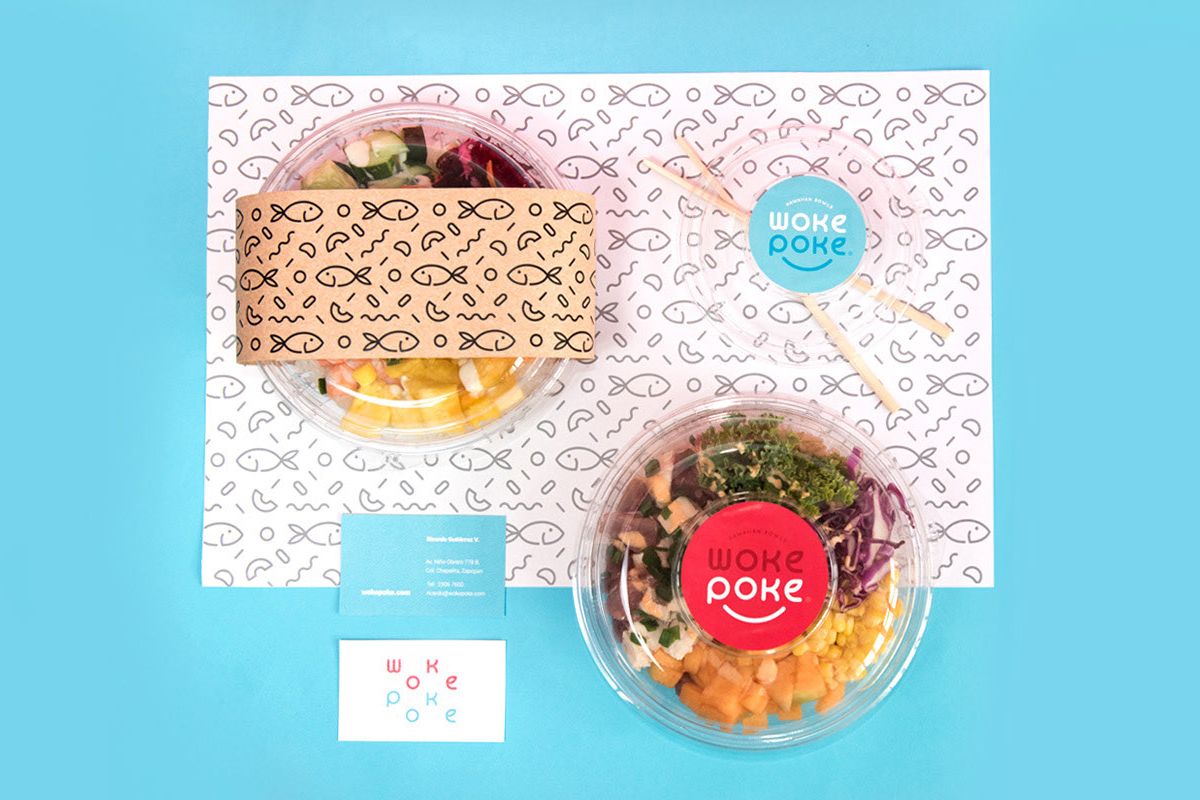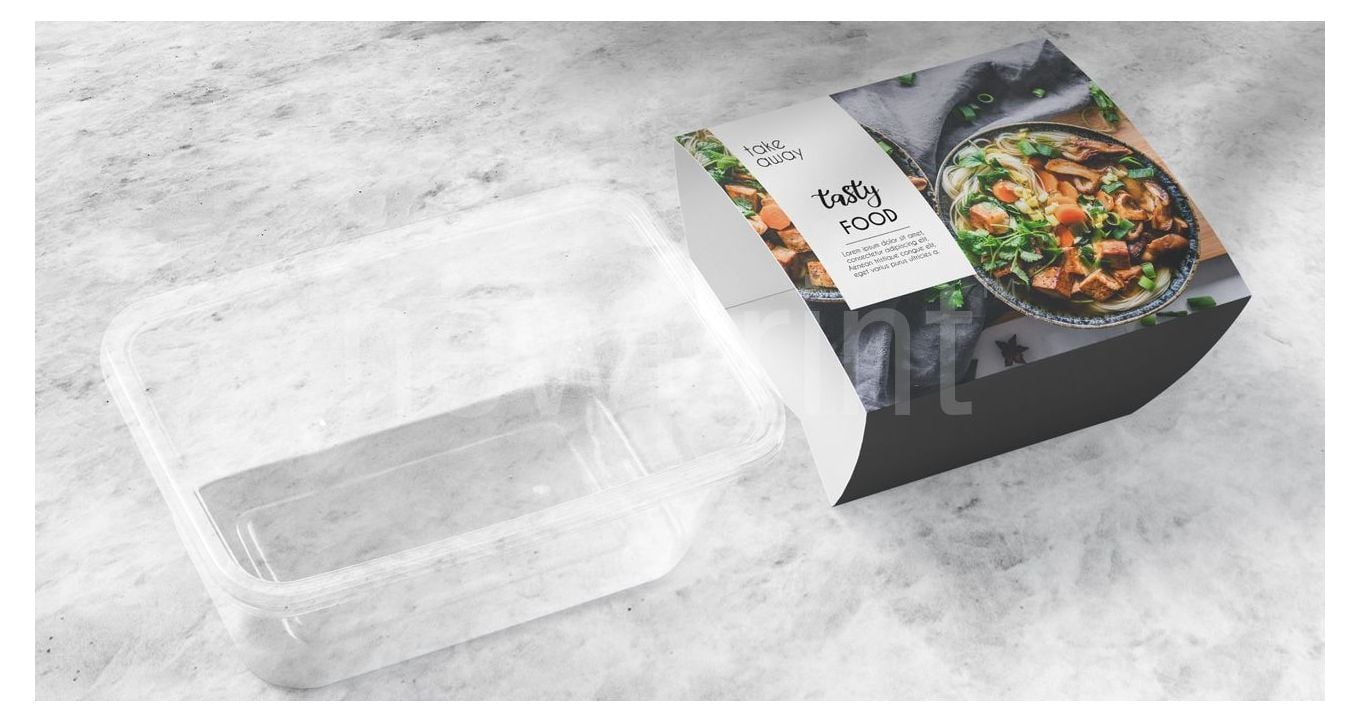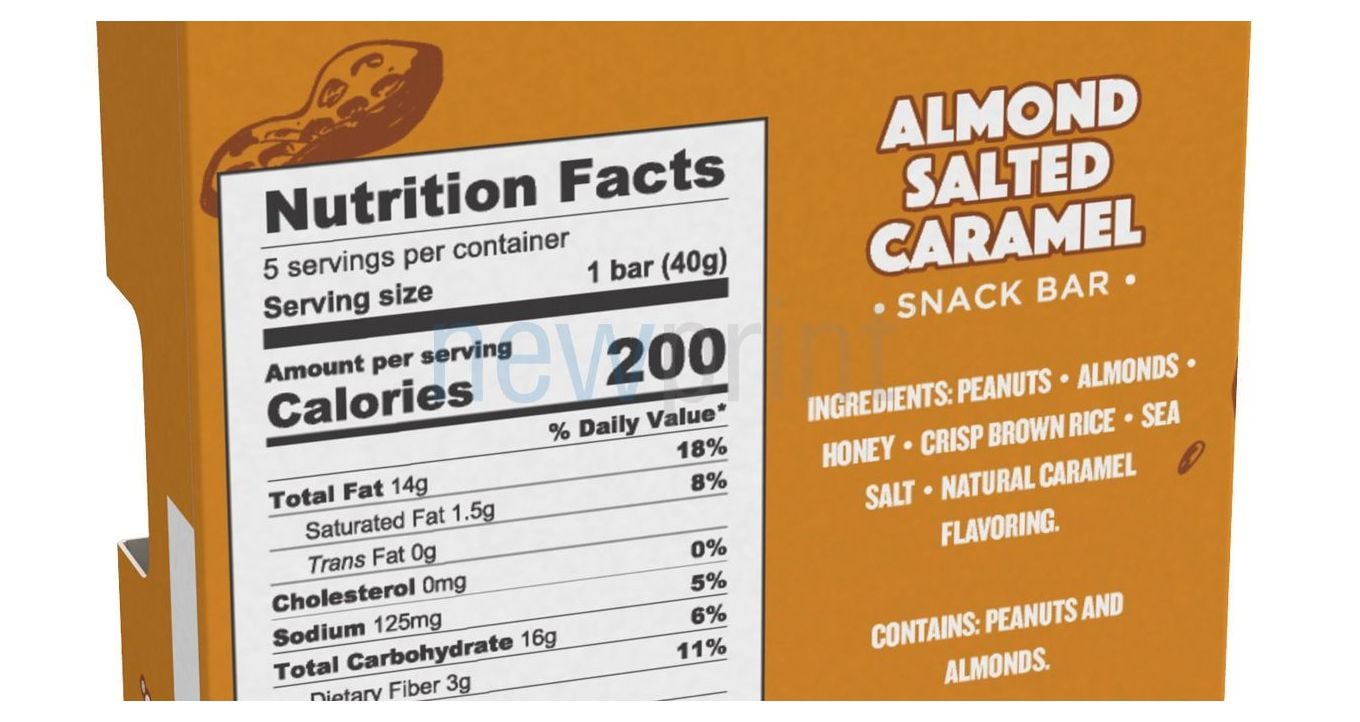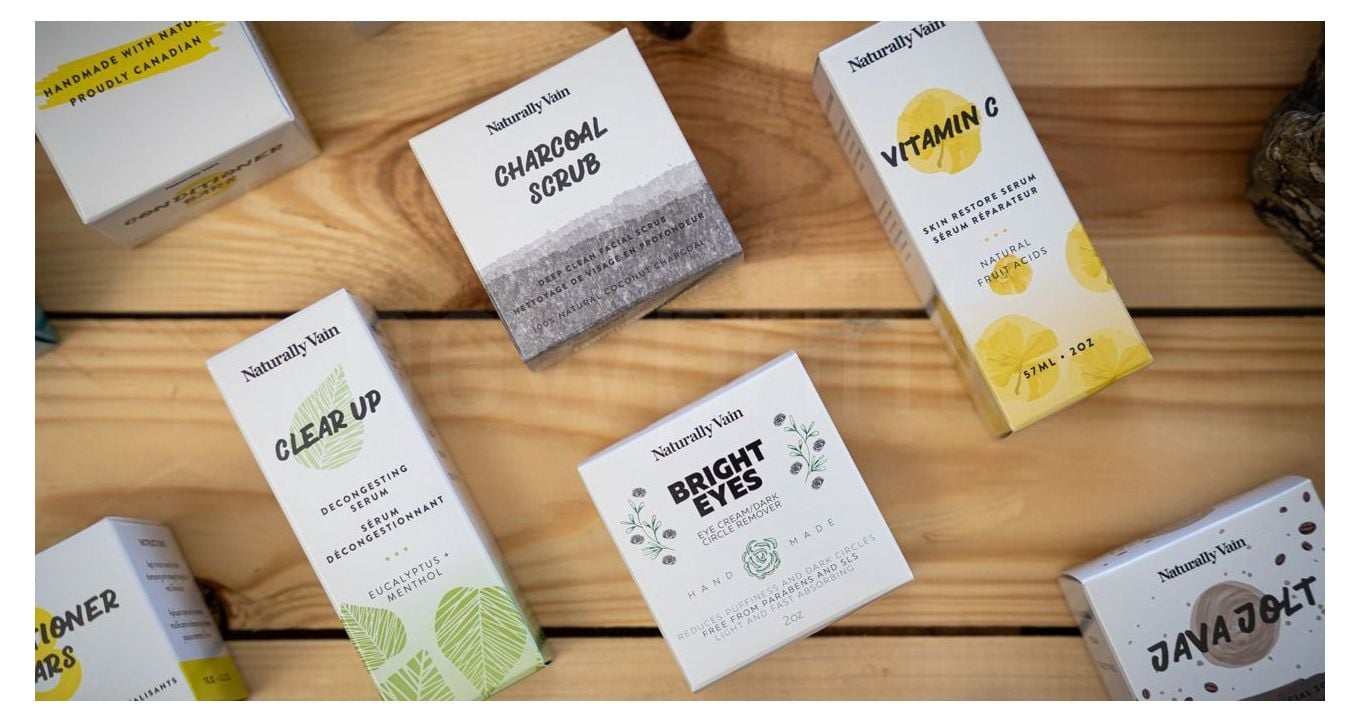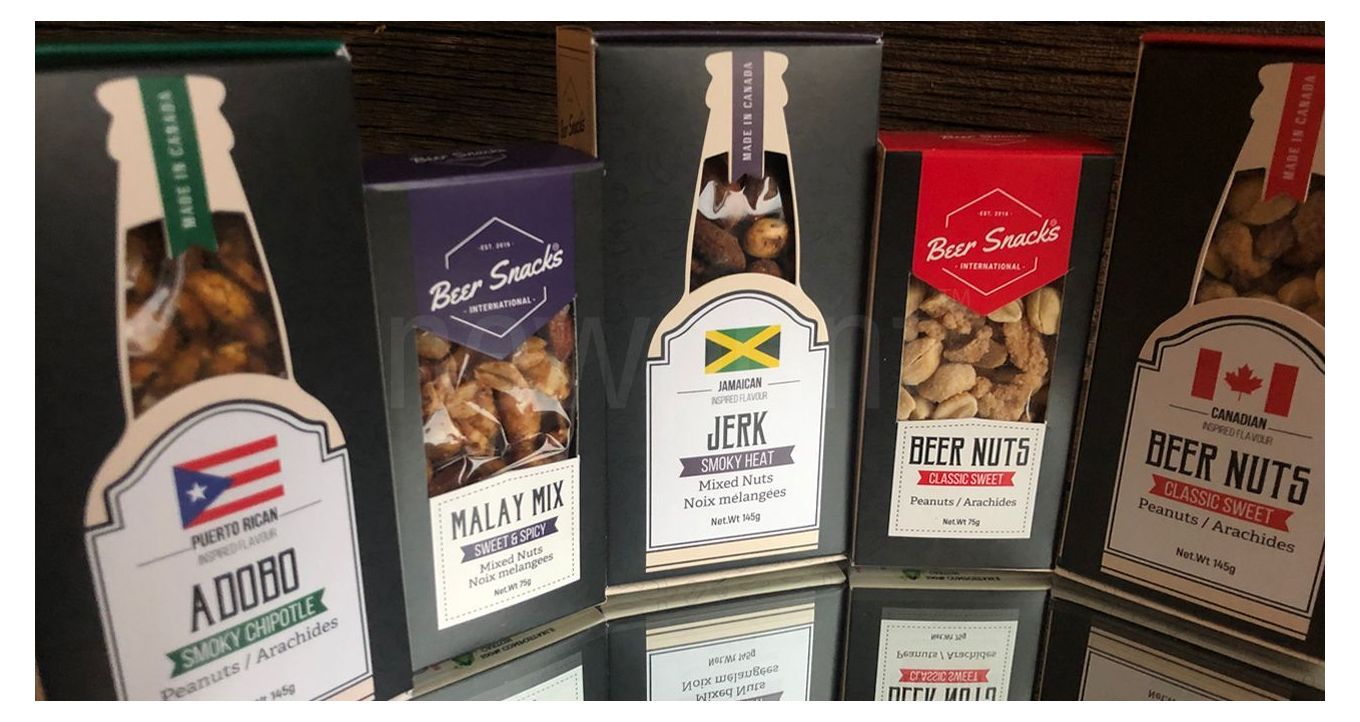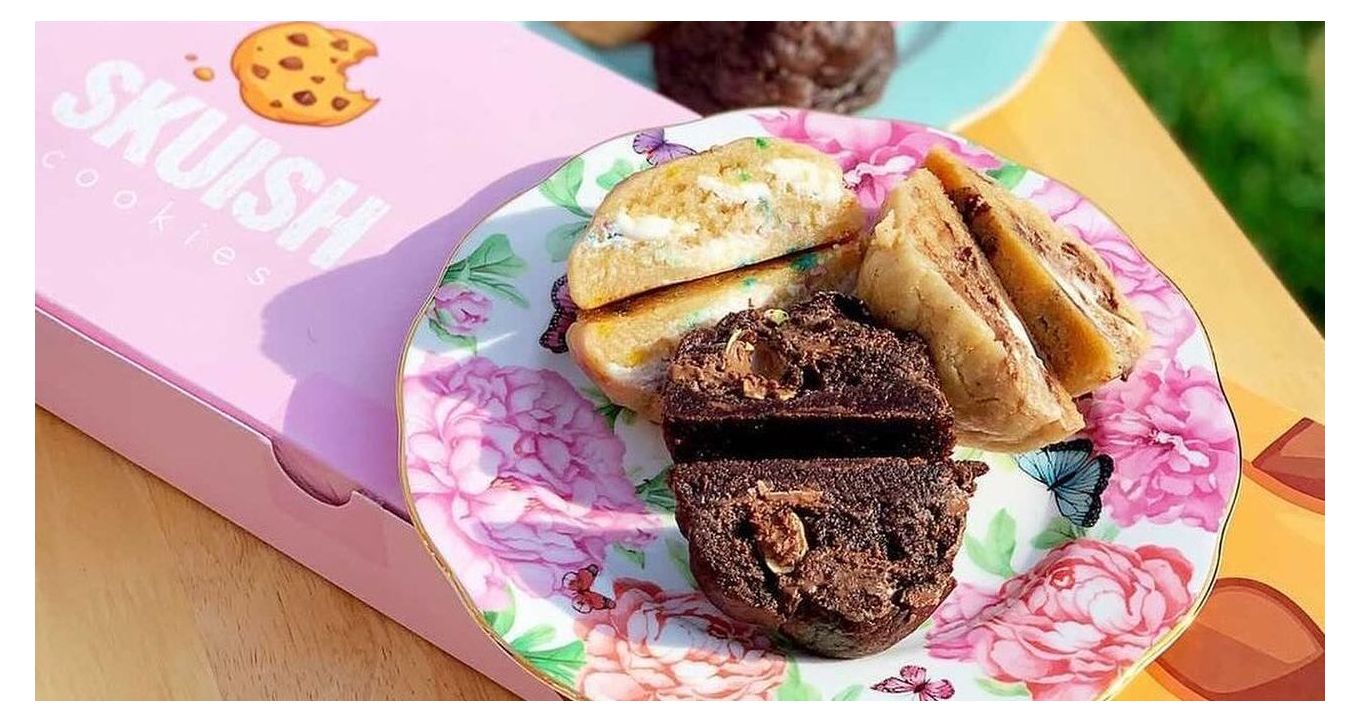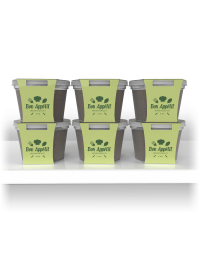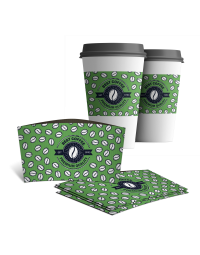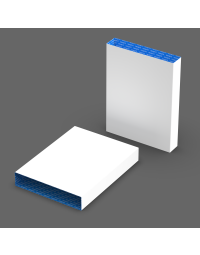Are you worried that your disposable plastic food containers can't be sustainable? Read about keeping your food safe and your packaging solutions sustainable.
We have all heard so many times that using plastic is bad for the environment. And we do agree. Making disposable plastic food containers sustainable can be a challenge. But it is doable. Sometimes you can’t put your product in different types of packaging. And there’s no reason to feel bad about that. In this article, we will help you better understand:
- Why plastic is bad for the environment
- How to reduce your impact if you have to use plastic packaging
- Why you should promote recycling and how to do it
- Ways to customize plain disposable plastic food containers
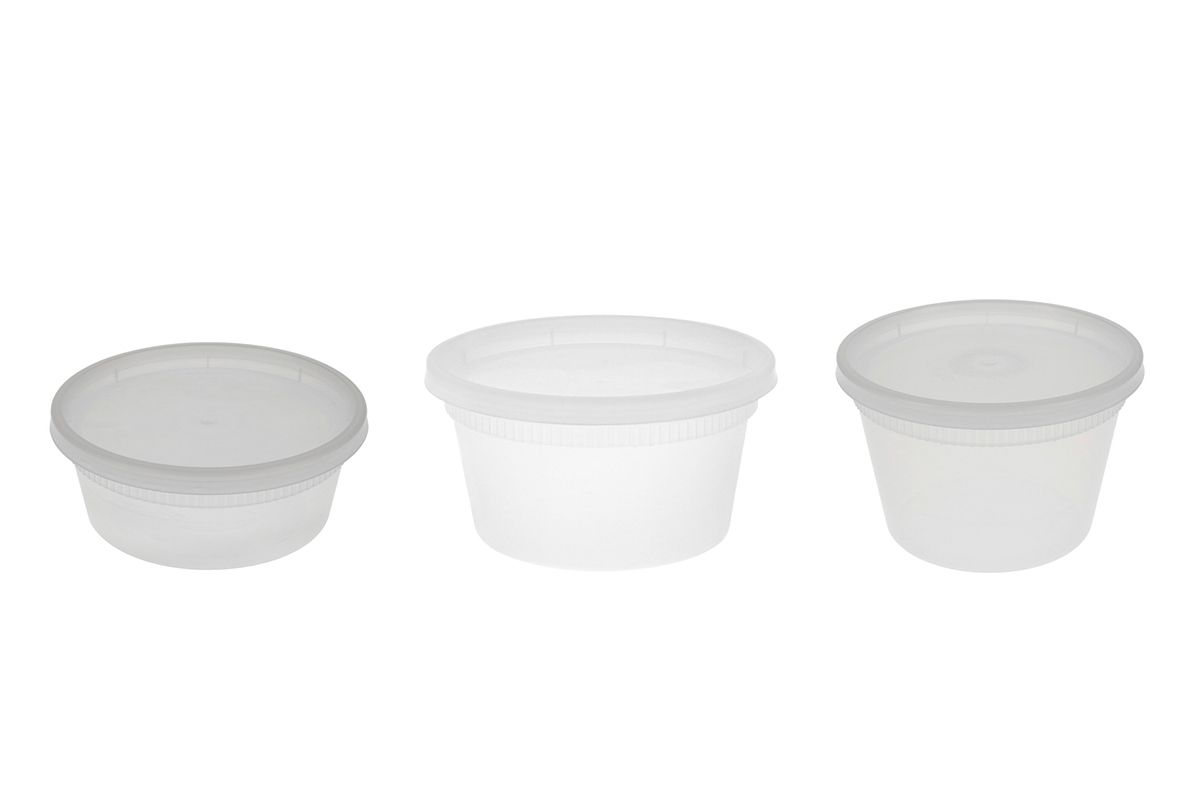
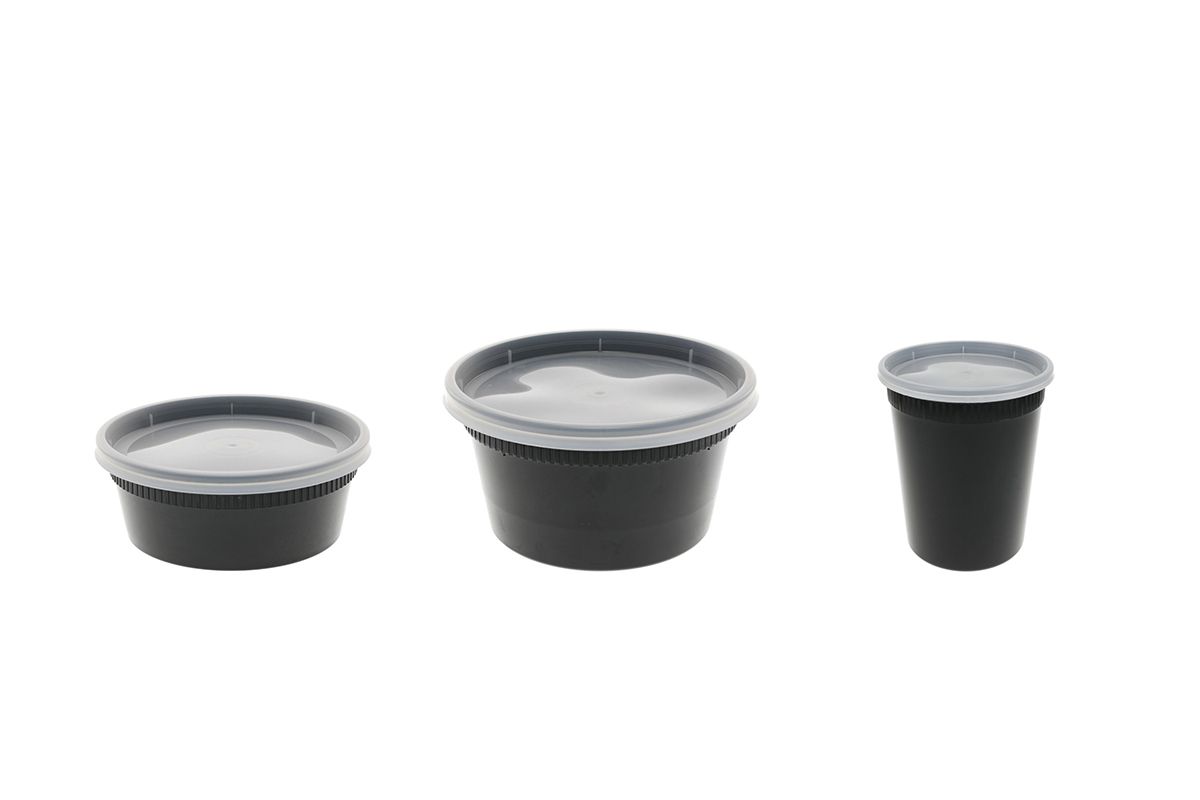
Why Plastic Is Bad for the Environment
We will start with the obvious - it takes a very long time for plastic waste to decompose. And this means that the impact plastic is having on the environment is long-lasting.
Chemicals used for creating plastic can be very harmful. This is true for humans, animals, and all wildlife.
Conventional processes used to create plastic are using large amounts of energy and have a vast carbon footprint.
Using plastic has improved the quality of life immensely over the years. We are so used to seeing it everywhere that we have rarely stopped to think about the harmful effects of using it. This means there’s a lot of plastic already in the world. Repurposing the generated plastic waste is, at the moment, a better option than trying to completely replace it in a short period of time. A circular economy for plastic should be created through technologies, regulations, and collaboration.
If you are interested in plastics production, use, and disposal in the US, there’s a research available by Martin C Heller, Michael H Mazor, and Gregory A Keoleian from 2020.
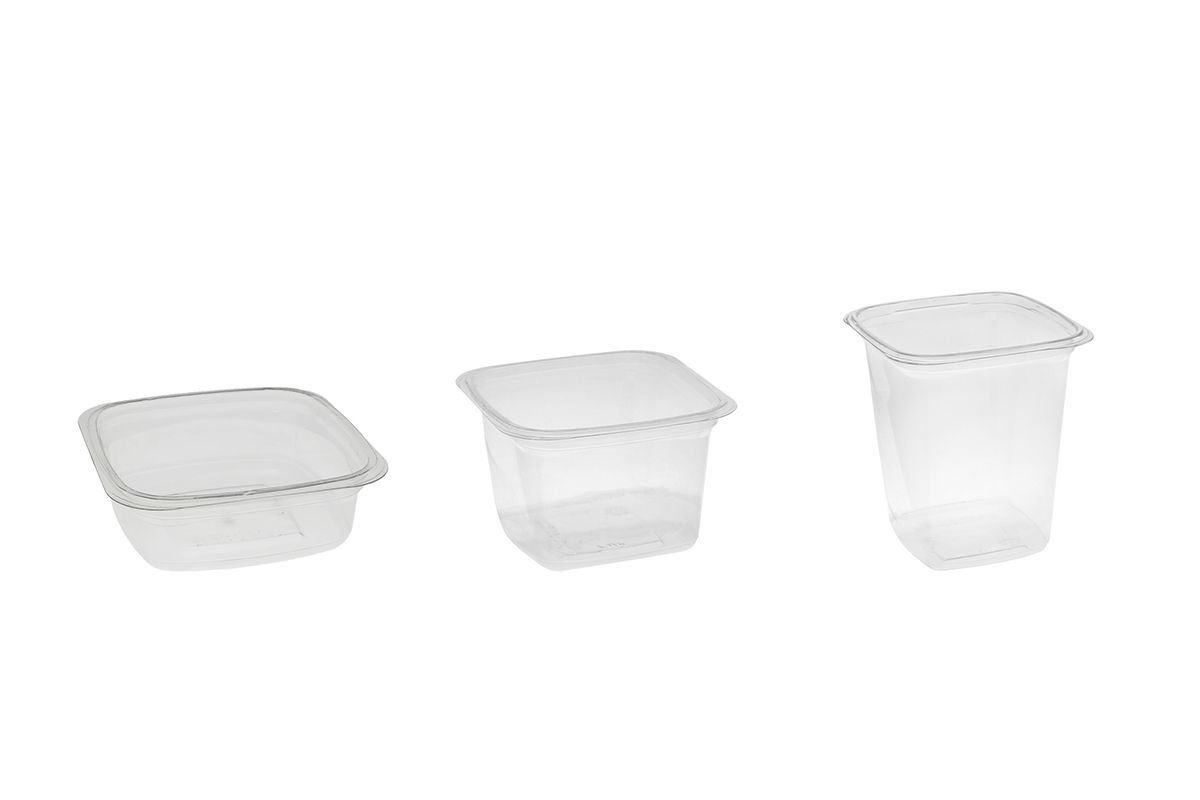
If You Have to Use Disposable Plastic Food Containers
Maybe someday we will replace plastic with something more eco-friendly. But for now, clear plastic food containers are still the best option we have for some products.
We can’t avoid using disposable take-out containers for now. But there are ways to make them more sustainable. And it can be done without compromising food container safety for our food.
If you are selling food, you need to think about preserving the quality of your product throughout the supply chain. Your customers want to get fresh, tasty food. And if it means plastic packaging, you have no choice.
The industry of plastic containers for food packaging has improved very much. In the past, sustainability was considered an individual choice. But, as time goes by, industries are recognizing its importance. And improvements have been made globally.
There are sustainable options available to your business, whatever your product may be. You can choose to buy disposable plastic food containers from reliable suppliers.
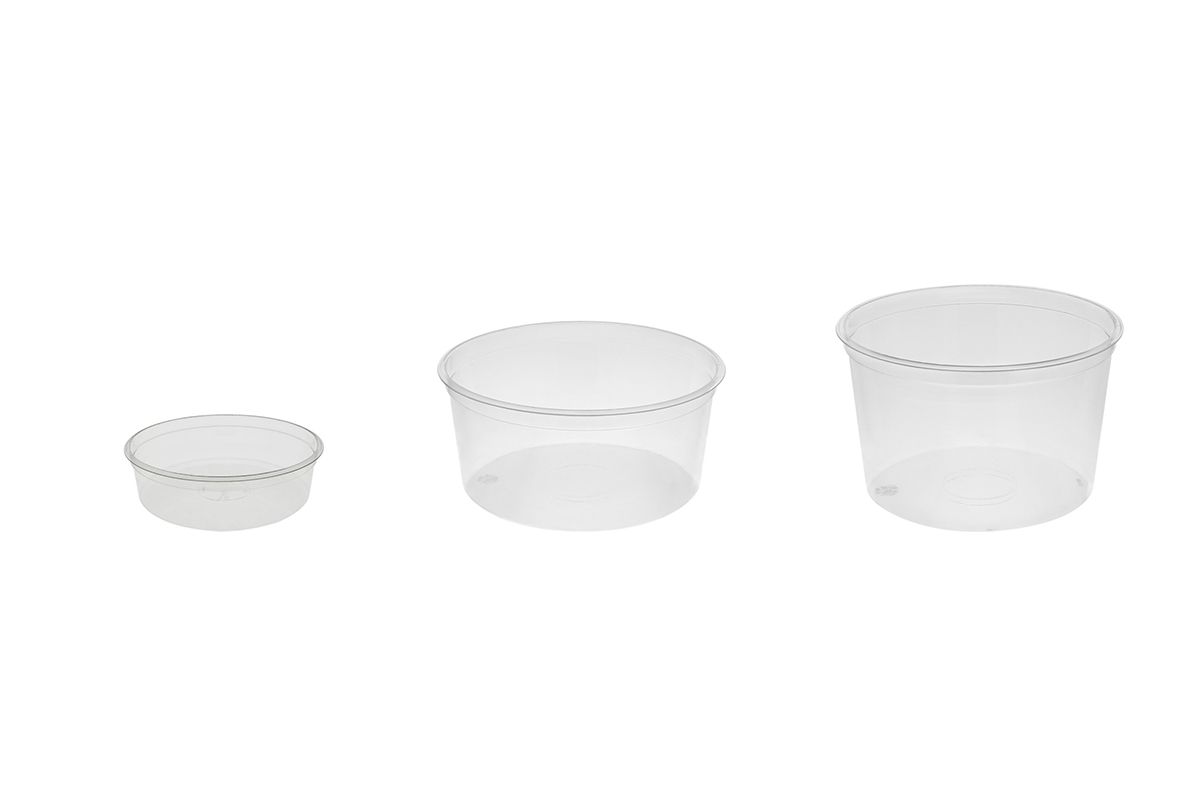
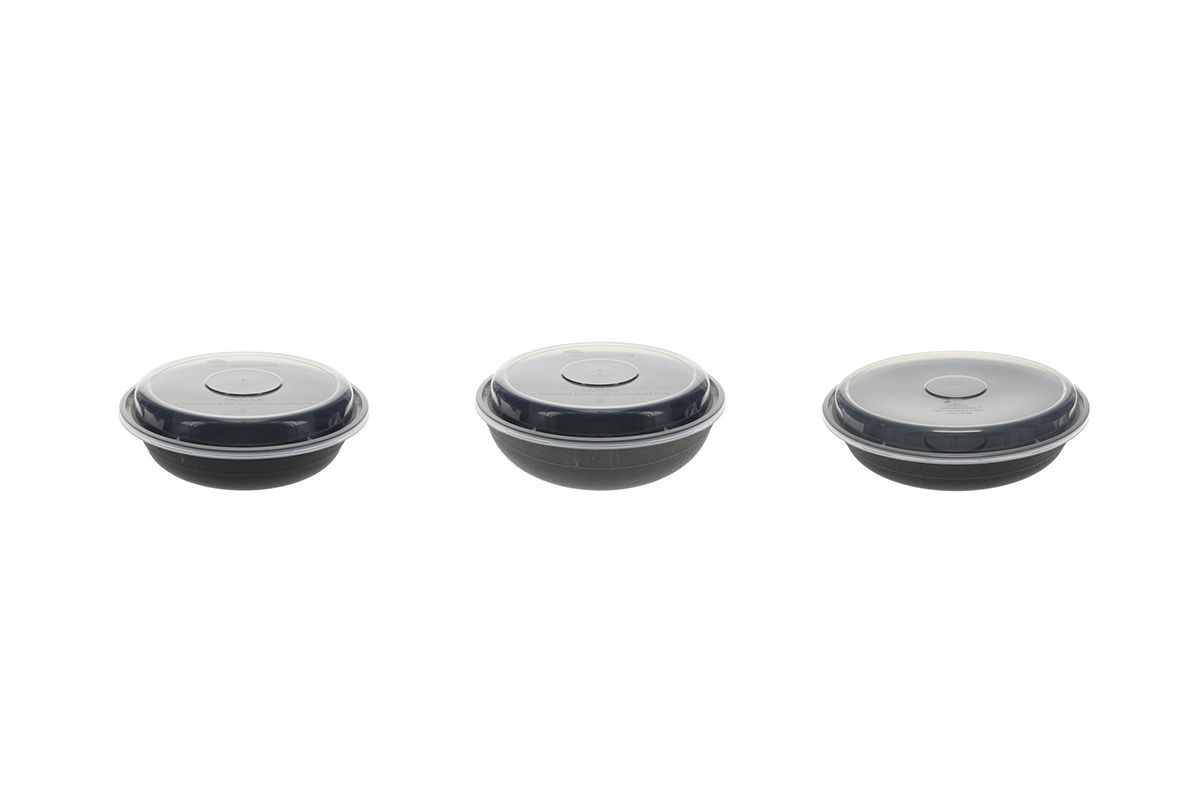
Many producers support sustainability. They are committed to the “Reduce, Reuse, Recycle, Renew” business philosophy:
- Reduce the use of petroleum-based materials. Incorporating other more eco-friendly materials will not compromise the safety and quality of the product. Mineral fillers can improve the heat resistance and strength of the containers.
- Encourage reusing the packaging whenever possible — creating containers that do not have to be disposed of after single use is highly valued.
- Use recycled and recyclable materials. Using post-consumer materials helps promote sustainability. It also encourages recycling posts to broaden their reach and improve their technology.
- Materials should come from renewable sources or be compostable. Collaboration is essential for sustainability. The circular economy is key to keeping our planet clean and safe. Repurposing the waste we create is a much more believable scenario than not using plastic. At least in the near future.
Recycling of Disposable Plastic Food Containers
Recycling plastic means repurposing plastic waste into once again useful and functional products. The goal is to reduce pollution and lower the impact of using virgin materials and producing new plastic on the environment. You will also help make sure plastic does not end up in the ocean or other unintentional places by recycling.
Choosing the containers made from materials that are easy to recycle will help your customers make a responsible decision. You should make it easy for them. Promote recycling, let them know where and how to recycle. Educating your customers will help you achieve your sustainability goals.
If you are committed to improving sustainability on the global level, you can work with your suppliers on developing even better packaging options. Choosing some goals that you believe in and donating part of your profit to help them is always a good way to help the environment. And if you publicly declare which goals you support, it might inspire others. It will also be a signal for potential customers that you are a company that cares about the planet.
Customizing Food Packaging Containers
Never again will you have to choose between sustainability and quality. You will also never again have to choose between the best packaging option for the product and customization.
People love to see the food they are buying. But there is a way to make sure people see the delicious food inside the containers and to customize your packaging.
Paperboard is one of the most eco-friendly packaging options available on the market. It is easy to recycle, and recycling posts are widely available. If you choose to use as little plastic as possible and use paperboard for all additional elements, it will help you customize your commercial food storage containers in a sustainable way.
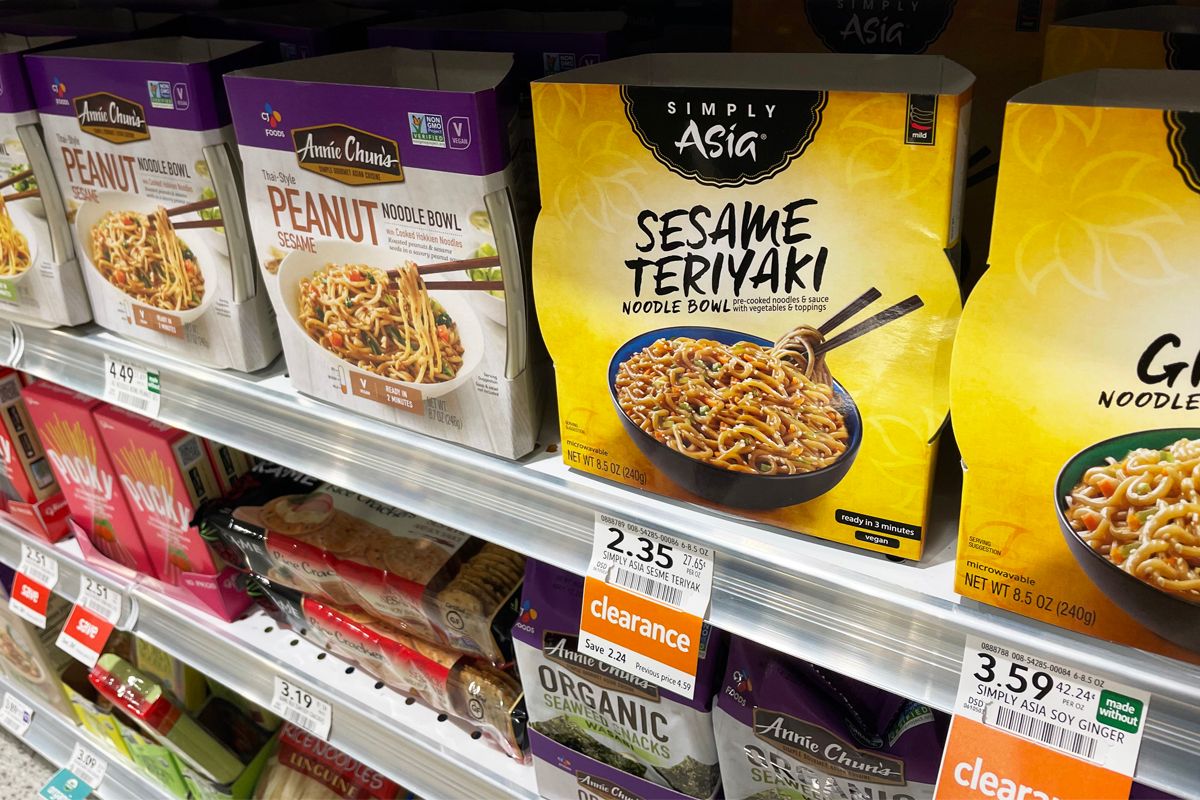
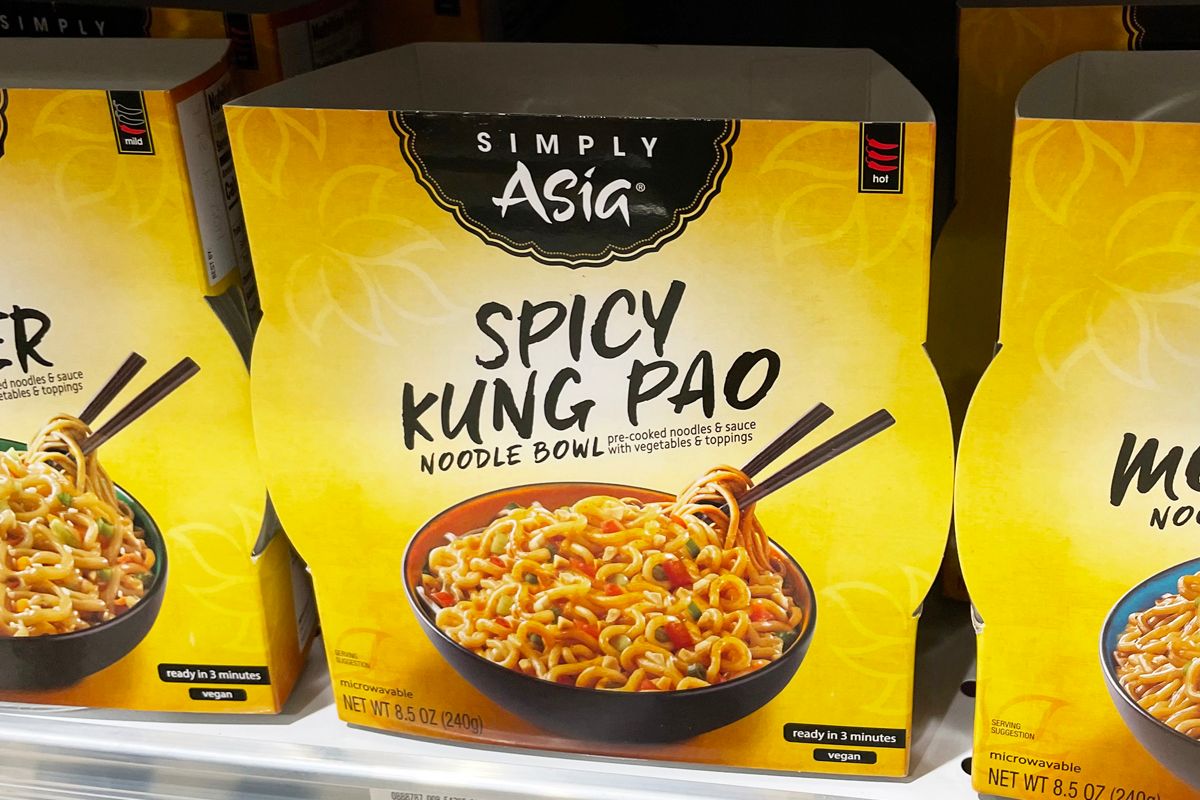
Packaging Sleeves
When buying food, people will need a little more information besides just being able to see the food. And if you use food container sleeves or sleeve boxes, you will have enough space for all important information. Nutritional facts and potential allergens are a must. But, there is also enough space for branding. You want your product to be recognizable on the shelves. And your customers to come back for more of your delicious food. Branding is just as important in the food industry as it is in any other.
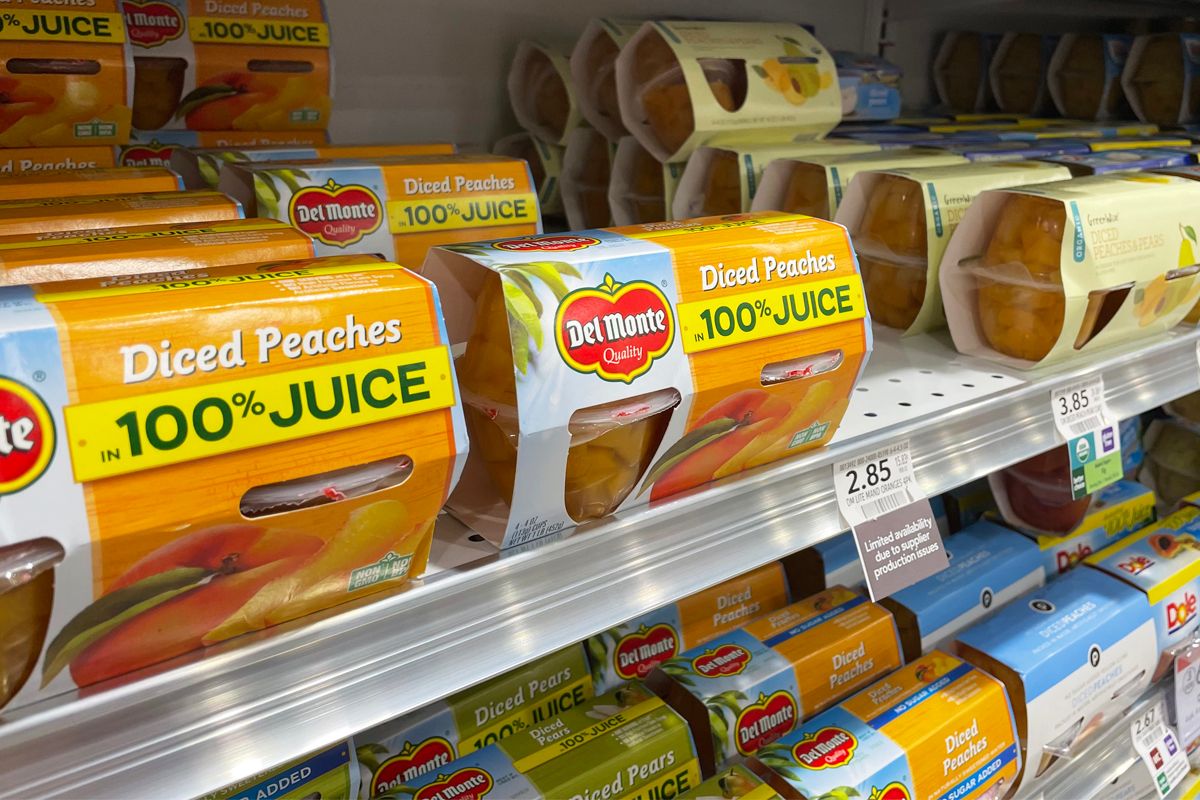
Another great feature of food container sleeves is that they can be cut to virtually any shape and size. This means that no matter the size of your plastic food containers, you can customize packaging sleeves to fit them perfectly. Even if you pack two or more containers together, food packaging sleeves can be designed to keep everything together tightly. This is very important when it comes to handling, whether during production, transport, or by customers. They can even have special slits and cutouts that further improve the protection and safety of plastic food storage containers. Also, making your packaging just as large as it has to be is one of the sustainability goals. This helps reduce the waste we are creating.
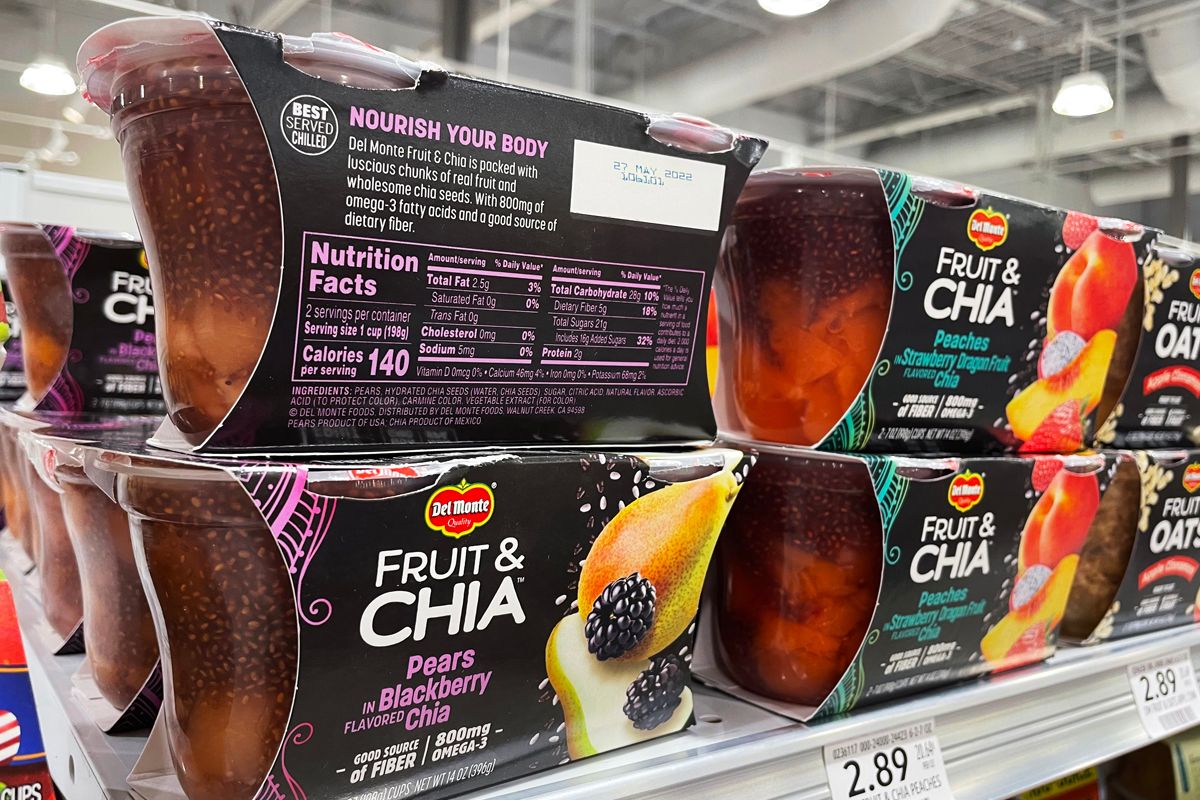
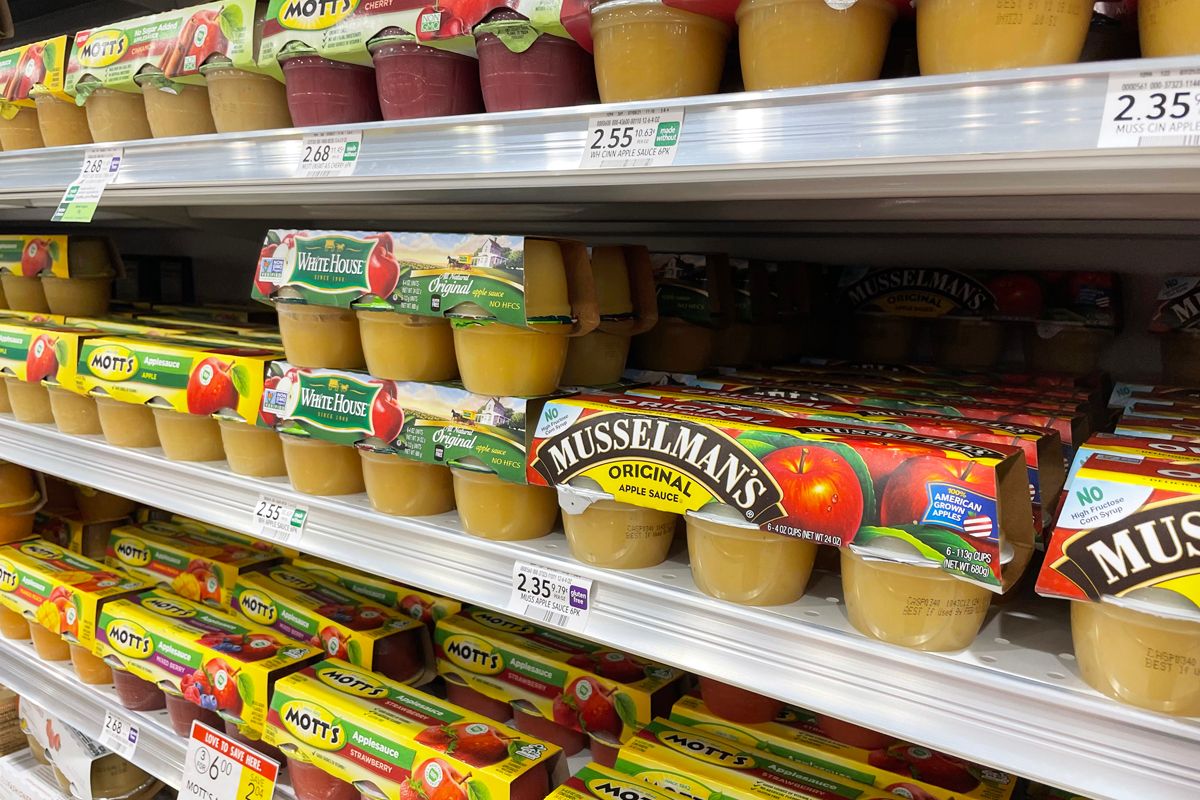
Many of the foods we buy daily need to be stored in fridges. Food manufacturers often think that paperboard sleeves are unsuitable for this kind of storage. This is especially true for startups. But, they couldn’t be more wrong. Paperboard food container sleeves are indeed fridge and freezer-resistant. Special coatings can also be applied in the print process. This will ensure their longevity at low temperatures.
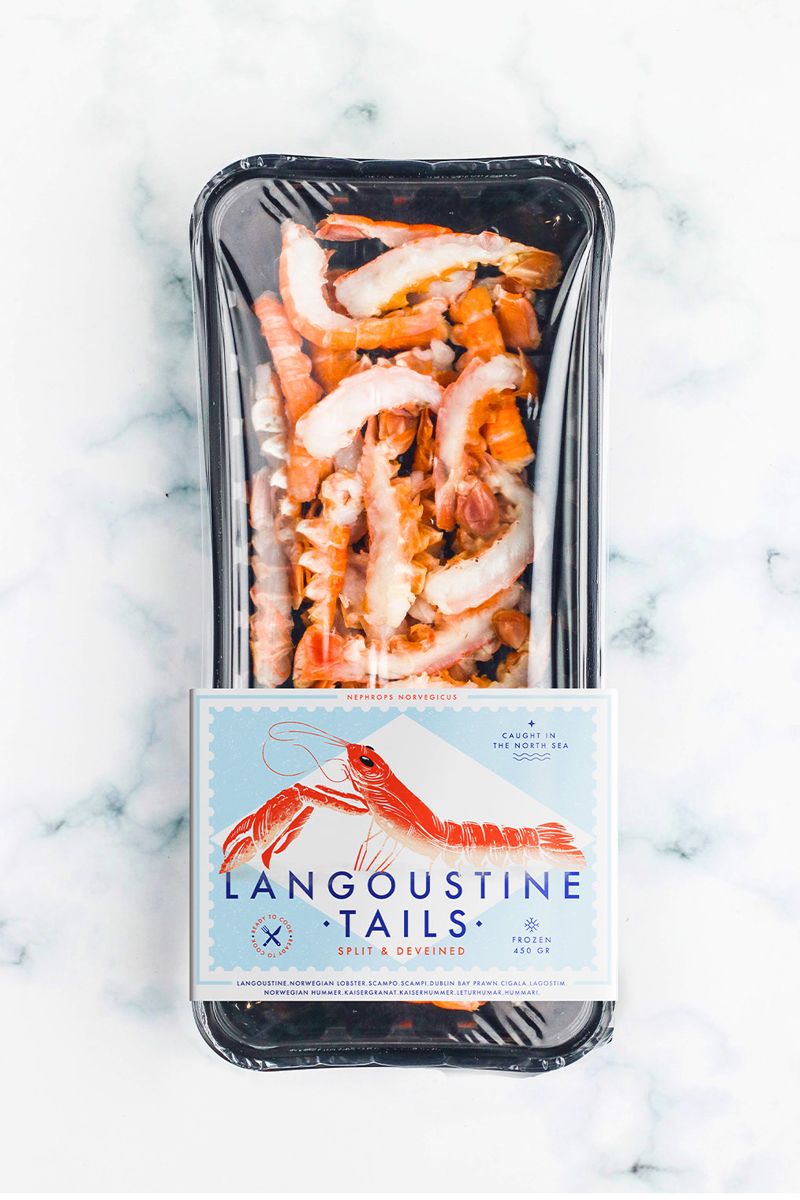
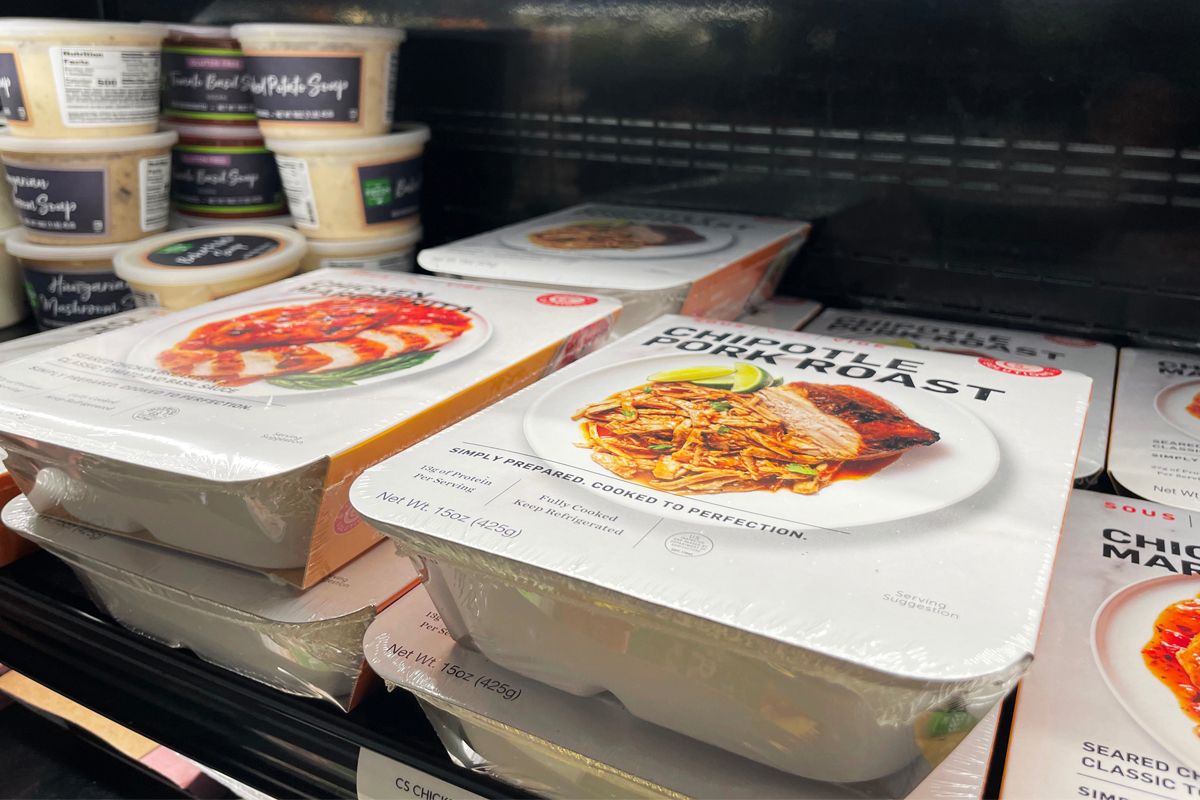
Labels
Another good way to customize and brand your plastic food containers is by using labels. Just like paperboard sleeves, labels come in various shapes and sizes. And that indicates they can also be customized to fit your food containers perfectly.
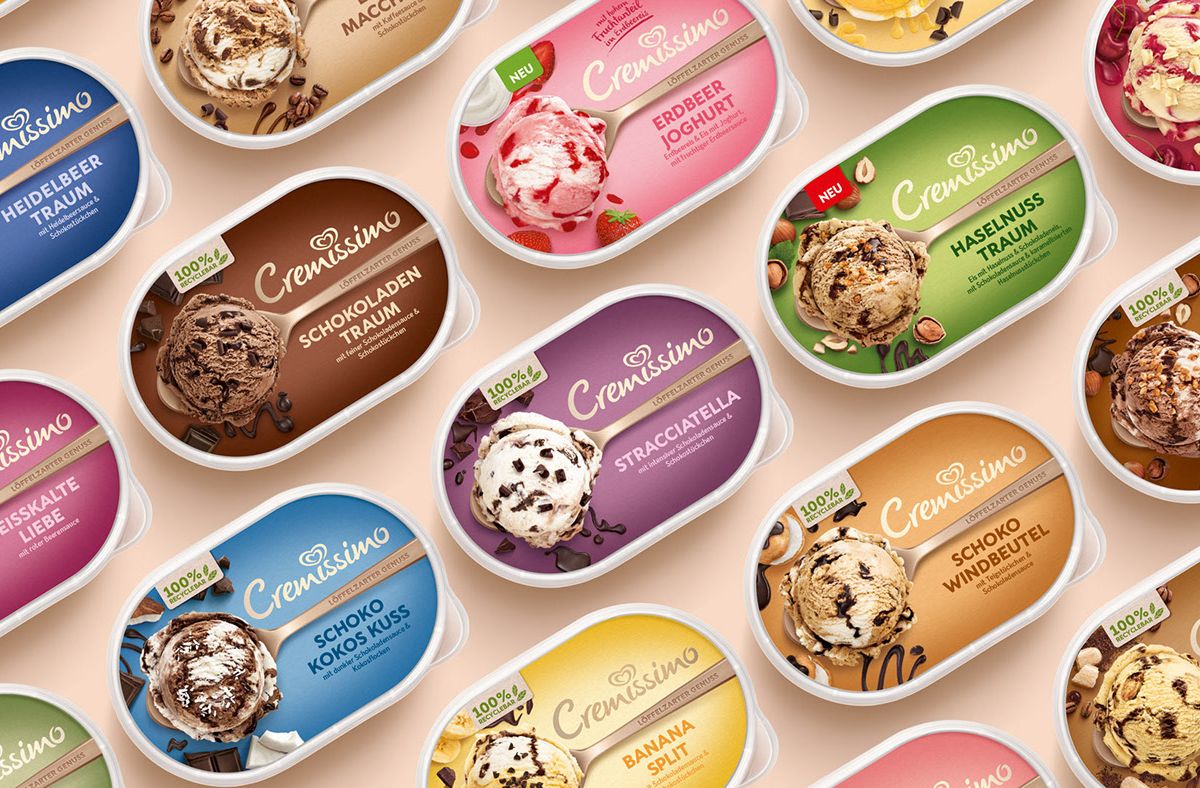
There are basically two ways you can utilize labels in the food industry. You can use them on their own, or combined with something else. If you use them as the only packaging element, there will be no other pieces of packaging other than the label. This is often the case with startups who are trying to reduce the overall production cost. When using labels as the only food container packaging element, keep in mind that you need to fit all the required information on them. And, fit your branding and other graphics in there as well. This means that these labels would have to be larger. If the food container itself is relatively small, having a label big enough to fit all the information can be challenging. The best way to overcome this problem is to have the labels wrap over the container.
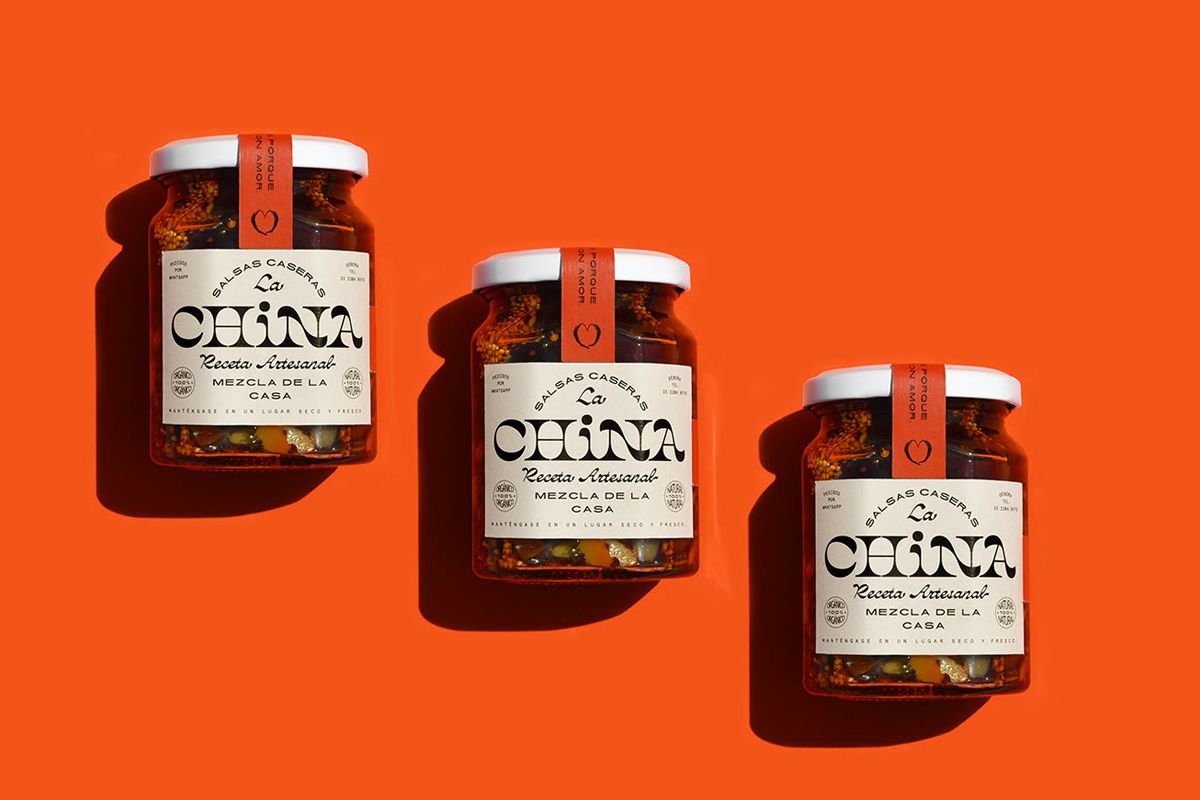
In case labels are used as an additional element of packaging, the rules are not so strict. Since the packaging box will have all the necessary information, labels can be used just for aesthetic reasons. We can all agree that plain plastic food containers are not that visually appealing. Having a label on the lid or the sides will make the food container look branded, even without its packaging box or sleeve. Another good reason for using labels is to seal the lid of the plastic food container. This will improve the safety of the product during transport and handling. It also tells your customers that the food inside the containers has not been tampered with.
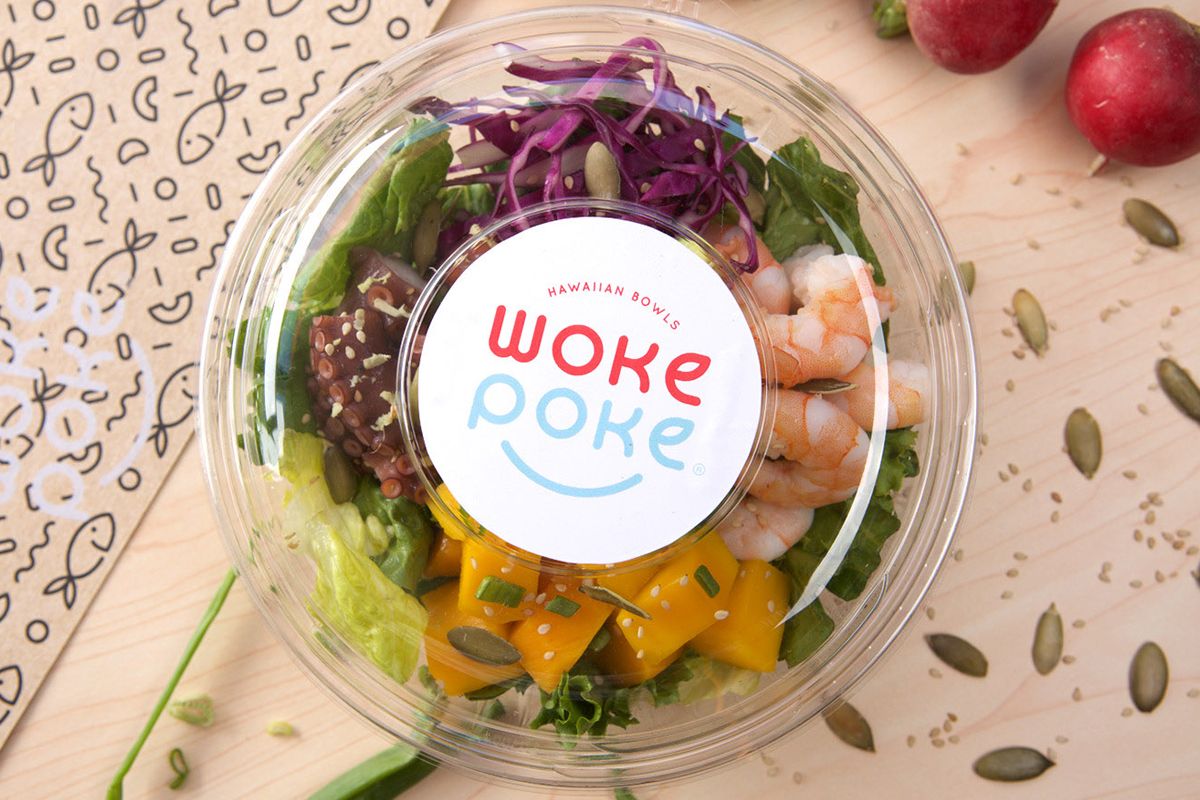
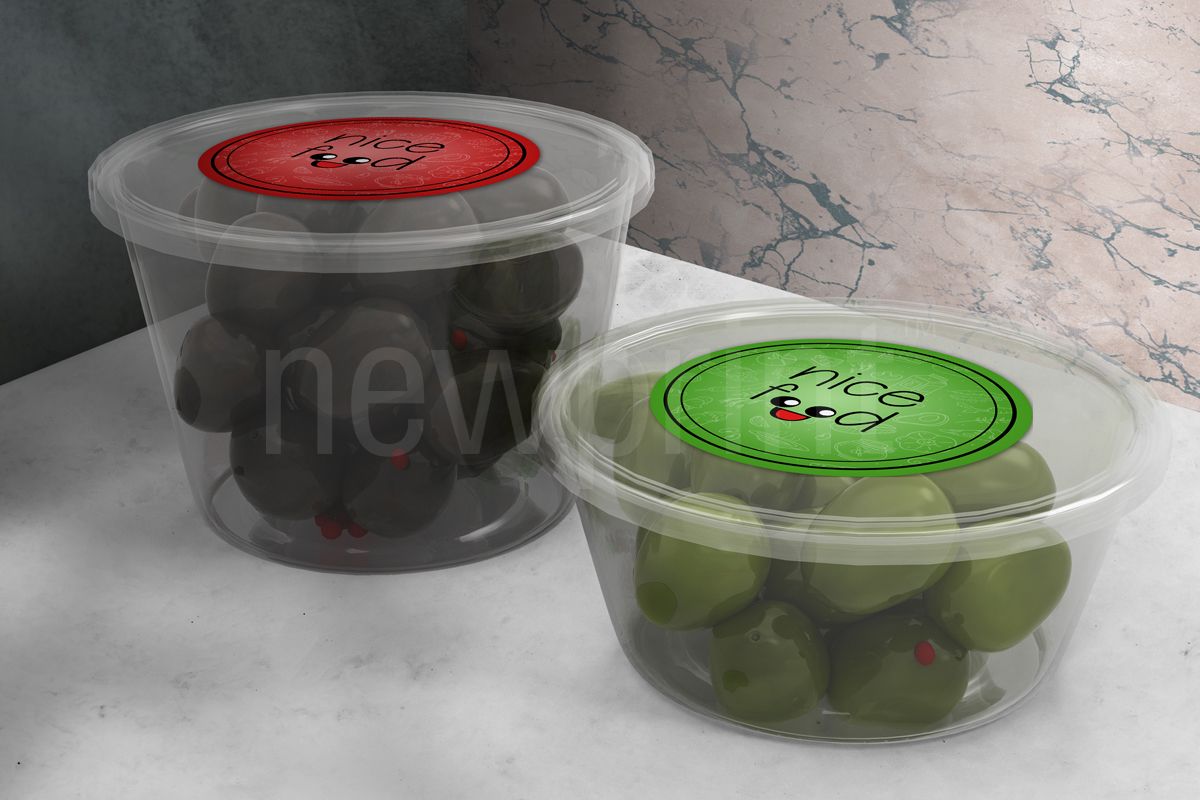
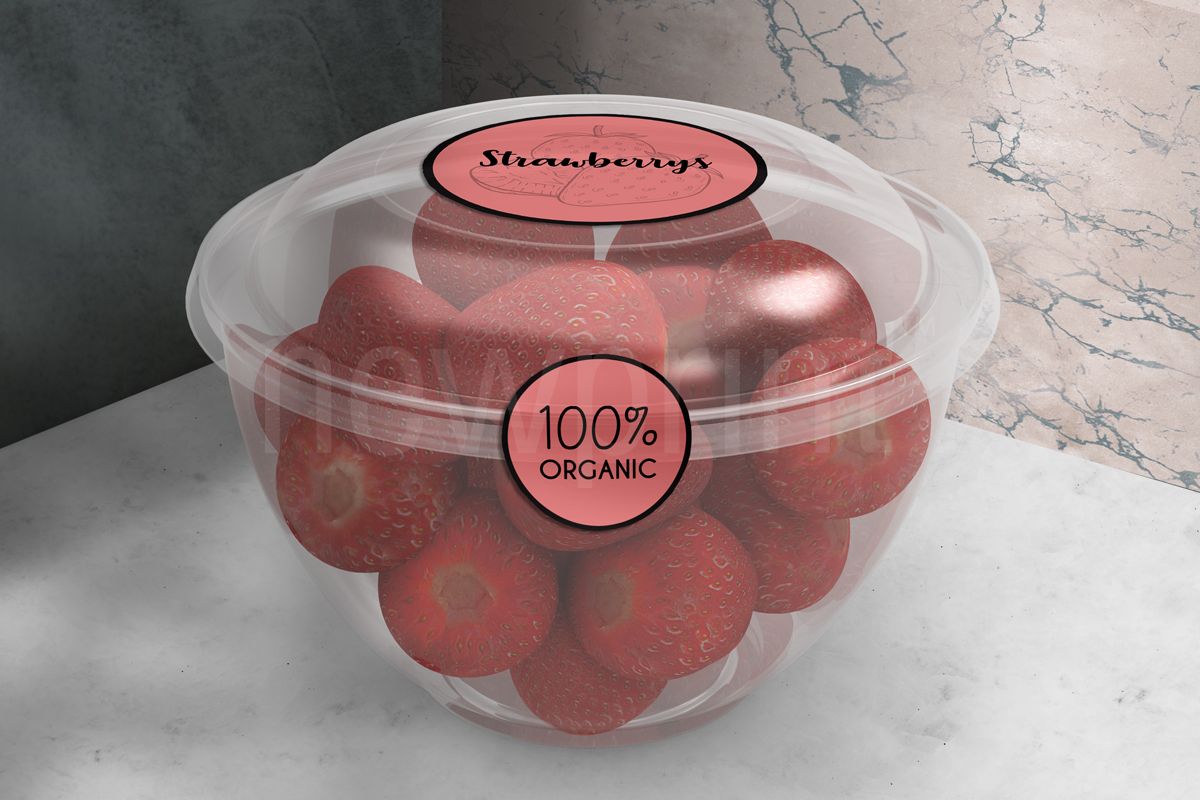
We hope that it is clear that there is nothing wrong with using disposable plastic food containers if they are the best option for your product. After all, sustainable packaging is the one that meets the cost and performance criteria set by the market. You want to make sure there is as little impact on the environment as possible. If you do that, you will be able to meet your sustainability goals while having the best possible packaging.
